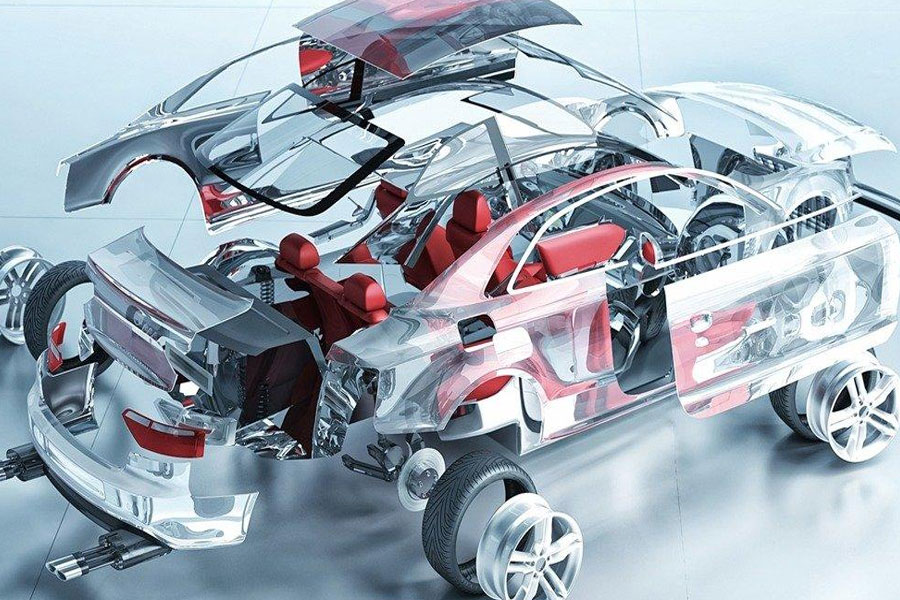Diversified functions of NC turning centers Multi-process manufacturing has become a very effective means for improving the production efficiency of turning machining centers. At present, machining of workpieces with more than two processes accounts for the majority of turning operations. For these workpieces to be machined efficiently and accurately, there are three technologies:
Centralization of internal and external machining-a primary and secondary machining machine equipped with various functions of primary machining (outer surface) and secondary machining (inner surface);
Compositing of machining-In addition to turning machining, the machine is also equipped with a machining machine with various functions such as milling machining and grinding machining;
Intelligent-a unit machining machine with new monitoring technologies such as storage, transportation, machining integration, workpiece identification, workpiece clamping control, adaptive control, and information network. VT 2 inverted machine tool Germany EMAG Holding Co., Ltd. I Stable machine design and highly dynamic spindle machining constitute
The main features of CNC turning center The new type of inverted machine tool VT 2 introduced for cnc machining small parts is specially developed for machining small disks and shafts. Its advantages are clear. Not only is it equipped with EMAG’s indispensable automatic workpiece conveying system—annular conveying chain for loading and unloading of workpieces, but also a specially designed machine with the smallest possible machine size and an area of only 4m2. Therefore, it can be used to design a production line or production unit with excellent floor space performance.
The design of the CNC turning center adopts a new machine tool concept. At its core is Emac’s TecTower technology, which makes it possible to provide high value while using high-end technology in the machine tool.
The CNC turning center is made of marble casting technology, which is also the patent of Emac’s TecTower. In addition, another feature of this machine is that the configuration of the automatic workpiece conveying system is extremely flexible. From a single machine that completes loading and unloading by the machine tool spindle to a fully automatic production system, users can configure it completely according to their own production characteristics. Workpieces are transported between the machine tools via conveyor belts arranged behind the machine machining area.
